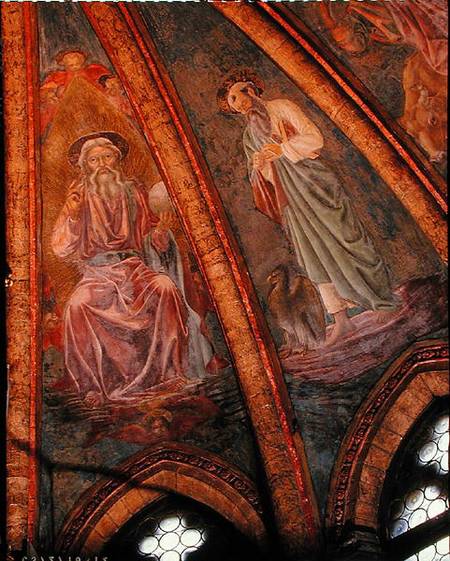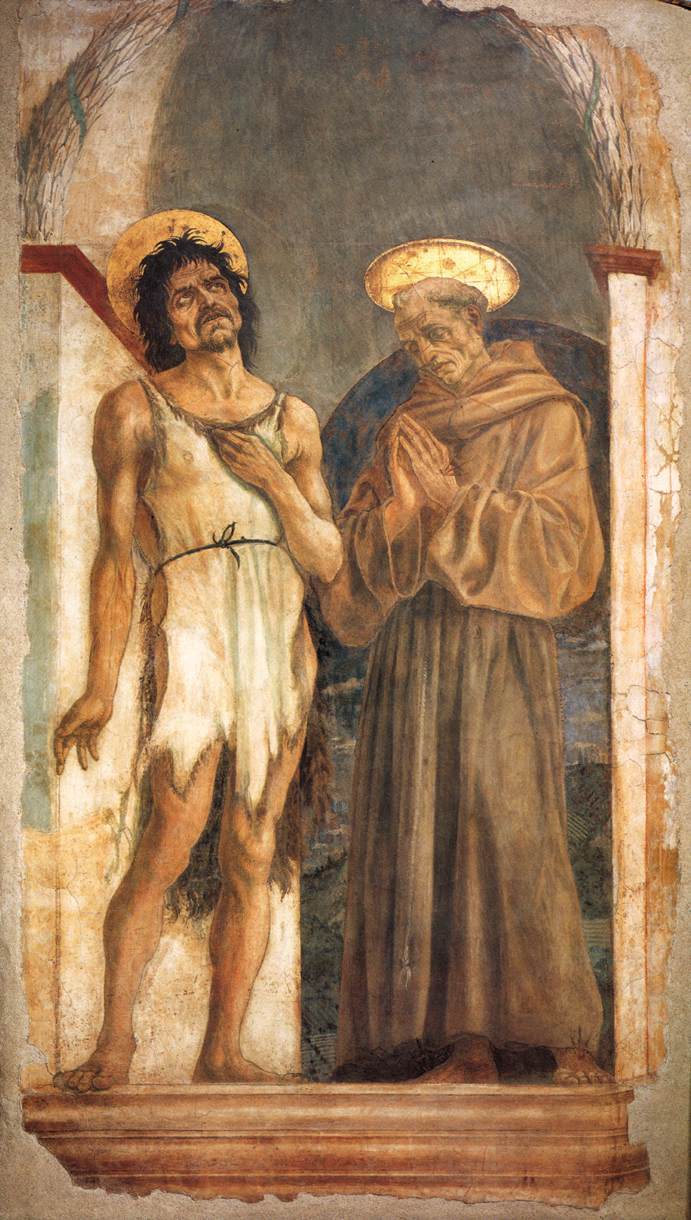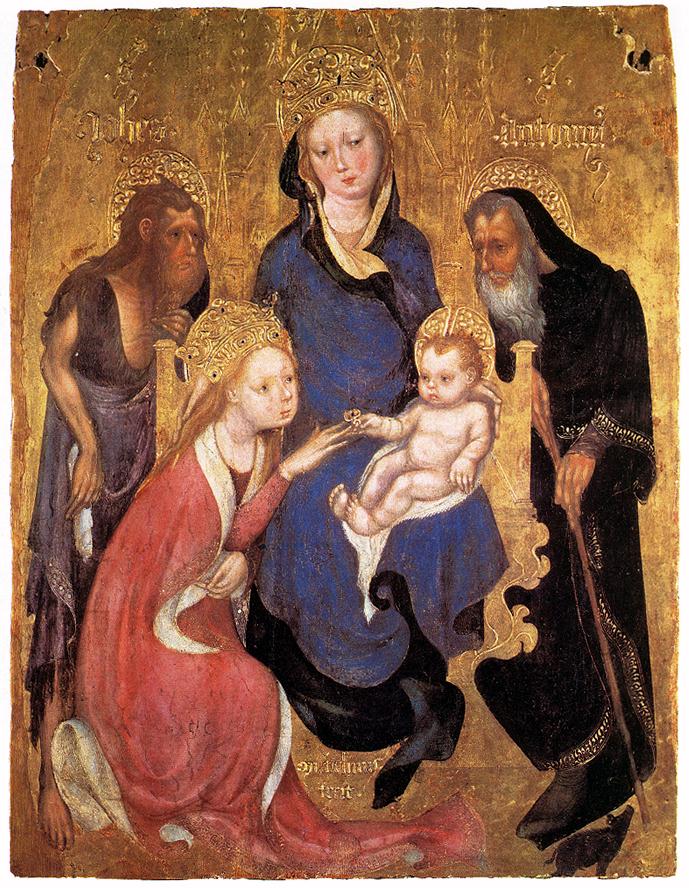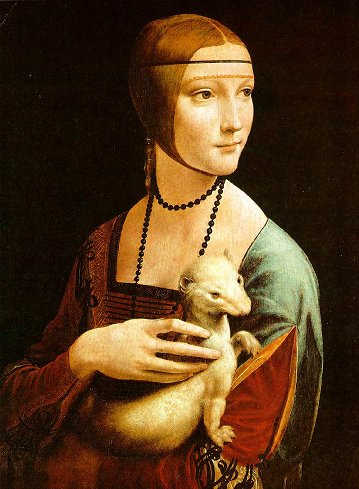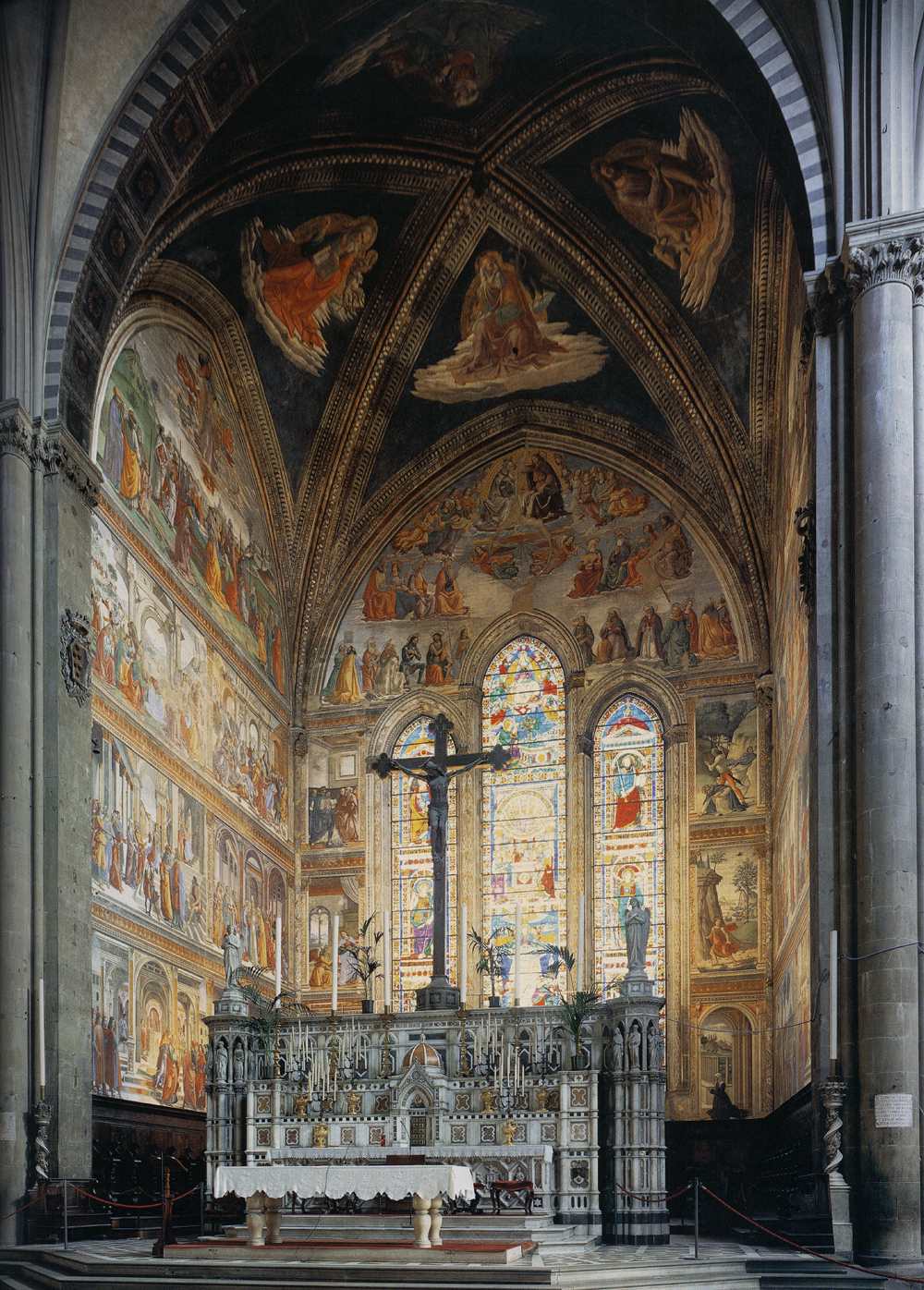Huck
I think, there are questions around Giovanni the Baptist and we should collect material, which offer some answers.
1st source
The Towns of Italy in the Later Middle Ages
By Trevor Dean
(2000)
http://books.google.com/books?id=sk...yiBw&sig=L1Qd8uVxxeGVWn3mR_uv6P_bfYQ#PPA72,M1
Description of Goro Dati, early 15th century writer (lived 1362 - 1435, so before the "Trionfi-phase", which should have started ca. 1430 or little later). The date of the text is in the moment unknown.
The various described activities know only one triumphal chariot for the winner of the Palio
***********
The source offers other interesting details:
1.
Rainmaking in Florence in 1354 (has nothing to do with Giovanni)
http://books.google.com/books?id=sk...yiBw&sig=L1Qd8uVxxeGVWn3mR_uv6P_bfYQ#PPA81,M1
2.
1300 .. Guglielma, also sister Manfreda (has nothing to do with Giovanni)
http://books.google.com/books?id=sk...yiBw&sig=L1Qd8uVxxeGVWn3mR_uv6P_bfYQ#PPA88,M1
3.
1346 .. Florence attacks an inquisitor
http://books.google.com/books?id=sk...yiBw&sig=L1Qd8uVxxeGVWn3mR_uv6P_bfYQ#PPA94,M1
4.
The following gives an impression of Italian festivity days of the time (not naturally totally identical at other locations or other times, some of these are local variables)
http://books.google.com/books?id=sk...yiBw&sig=L1Qd8uVxxeGVWn3mR_uv6P_bfYQ#PPA77,M1
Addition to the author of the Johannes-the-baptist report:
Goro Dati is brother of Leonardi Dati (1360 - 1325), an important man in the Dominican order and the author of "Le Sfera" (which version ? compare
http://www.newberry.org/smith/exhibits/mapsnations/exhibit1998.html )
Wikipedia
The Leonardo Dati, who appeared in the poetical competition 1441, should be distinguished ... likely a relative (?)
Leonardo Dati (1408 - 1472), poet, served as a secretary to the cardinals Giordano Orsini and Pietro Barba (nephew of Eugen IV), got an appointment as a papal secretary in the service of Calixtus 1455. When Cardinal Barba became Pope Paul II. (1464), Dati got the position of domestic secretary.
1st source
The Towns of Italy in the Later Middle Ages
By Trevor Dean
(2000)
http://books.google.com/books?id=sk...yiBw&sig=L1Qd8uVxxeGVWn3mR_uv6P_bfYQ#PPA72,M1
Description of Goro Dati, early 15th century writer (lived 1362 - 1435, so before the "Trionfi-phase", which should have started ca. 1430 or little later). The date of the text is in the moment unknown.
The various described activities know only one triumphal chariot for the winner of the Palio
***********
The source offers other interesting details:
1.
Rainmaking in Florence in 1354 (has nothing to do with Giovanni)
http://books.google.com/books?id=sk...yiBw&sig=L1Qd8uVxxeGVWn3mR_uv6P_bfYQ#PPA81,M1
2.
1300 .. Guglielma, also sister Manfreda (has nothing to do with Giovanni)
http://books.google.com/books?id=sk...yiBw&sig=L1Qd8uVxxeGVWn3mR_uv6P_bfYQ#PPA88,M1
3.
1346 .. Florence attacks an inquisitor
http://books.google.com/books?id=sk...yiBw&sig=L1Qd8uVxxeGVWn3mR_uv6P_bfYQ#PPA94,M1
4.
The following gives an impression of Italian festivity days of the time (not naturally totally identical at other locations or other times, some of these are local variables)
http://books.google.com/books?id=sk...yiBw&sig=L1Qd8uVxxeGVWn3mR_uv6P_bfYQ#PPA77,M1
Regulation for Holidays in Perugia, 1342:
"all Sundays,
Christmas day and the two preceding days,
the feast of St. Stephen in December and its octave,
the feasts of St. John the Evangelist,
the Holy Innocents,
The Circumcision,
Epiphany,
Conversion of St. Paul,
the Conception,
Nativity,
Purification,
Annunciation,
Assumption of the Virgin Mary,
Enthronement of St. Peter,
all the feast days of all the apostles and evangelists,
the feasts of Sant'Ercolano in March and November,
of San Lorenzo,
of San Francesco in Otober,
of San Domenico,
San Benedetto,
Sant'Agostino,
the whole of Holy Week, Easter Sunday and the whole of the following week,
Ascension day,
Pentecost and the two following days,
Corpus Christi,
the feasts of St. Louis (of Toulouse),
John the Baptist,
Mary Magdalen,
St. Peter of Vincula,
the Beheading of John the Baptist,
All Saints,
St. Martin,
Holy Cross, St Michael Archangel,
San Bevignate,
San Martino IV Pope,
Santa Lucia,
San Costanzo bishop of Perugia,
San Niccolo of Bari,
the first day of Lent,
the two days of indulgence of San Domenico,
St. Stephen in August,
the feast of St. Catherine,
San Silvestro,
St. Thomas Aquinas,
every Fiday, out of reverence fot the Suffering of the Lord ...
and we establish that criminals trials should have holidays at no other days ... And we order, that on each and every of these days ... no artist is to dare or presume to work, open his shop or perform his craft. And whoever contravens will be punished 100s ... but this does not apply to butchers, spicers, bakers, innkeepers and smiths (for shoeing animals)."
Addition to the author of the Johannes-the-baptist report:
Goro Dati is brother of Leonardi Dati (1360 - 1325), an important man in the Dominican order and the author of "Le Sfera" (which version ? compare
http://www.newberry.org/smith/exhibits/mapsnations/exhibit1998.html )
Wikipedia
Leonardo Dati (1360–16 March 1425) was an Italian friar and humanist. He was Master general of the Dominican Order from 1414 to his death.
He was a Prior of Santa Maria Novella from 1401, and took part in the Council of Pisa of 1409. At the time of the Council of Constance, Dati became Master General of a reunited Dominican Order. His sermons at Pisa and Constance include references to literary texts, and he was well known as an author of commentaries on Aristotle. Leonardo also gave financial aid to his brother Gregorio [or Goro], a Florentine merchant and diarist.
Both Leonardo and Gregorio Dati are attributed authorship of La sfera (The sphere), an astronomical-geographic poemetto in ottave, written in the second half of 14th century, and a work much popular in its time. This work in verse gives information about the world, the marinaresche compass and other things, adding observations, notes about travel and designs. In some manuscripts of La sfera there are designs representing ports, headlands, islands, linked by many lines.
Dati's sermons on the feast of St. Francis (October 1416) and the feast of the Circumcision of Jesus (January 1417) advocated respect for papal power and reform within the context of the established order. The earlier sermon touched off an exchange of polemical memoranda between Dati and supporters of conciliar supremacy. Dati then addressed issues raised in this exchange in the later sermon. Dati's discussion of circumcision was traditional for his time, describing the jewish rite as superseded by baptism.
He is buried in the Cappella Rucellai at Santa Maria Novella. His tombstone is attributed to Lorenzo Ghiberti.
The Leonardo Dati, who appeared in the poetical competition 1441, should be distinguished ... likely a relative (?)
Leonardo Dati (1408 - 1472), poet, served as a secretary to the cardinals Giordano Orsini and Pietro Barba (nephew of Eugen IV), got an appointment as a papal secretary in the service of Calixtus 1455. When Cardinal Barba became Pope Paul II. (1464), Dati got the position of domestic secretary.




